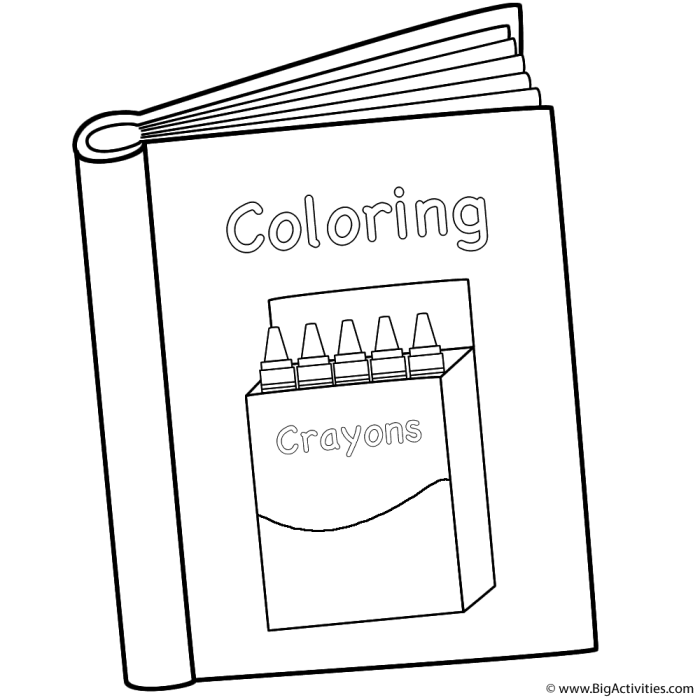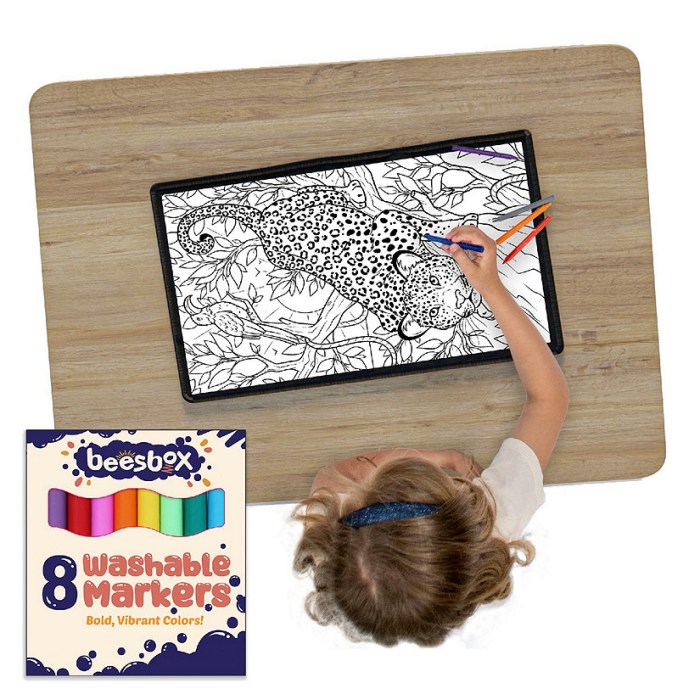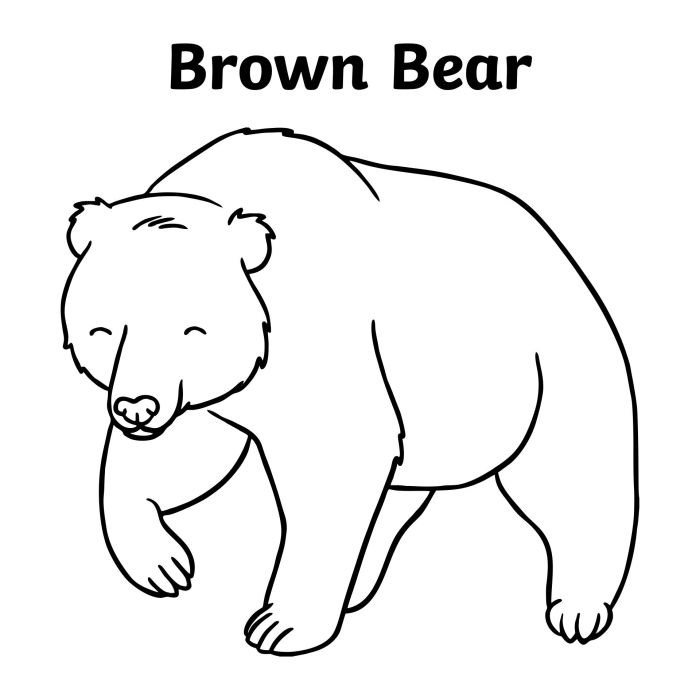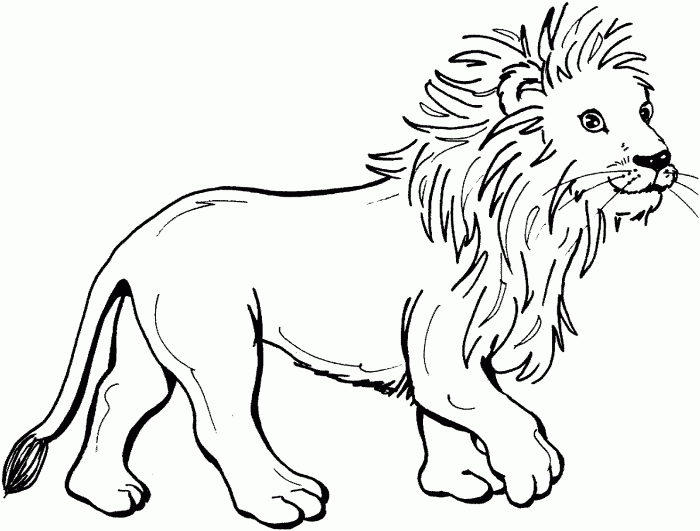Market Analysis of Coloring and Activity Books

The coloring and activity book market is a dynamic and ever-evolving sector, influenced by shifting consumer preferences and technological advancements. Understanding current trends, pricing strategies, target demographics, and effective marketing is crucial for success within this competitive landscape. This analysis will explore these key areas to provide a comprehensive overview of the market.
Top Three Current Trends in Coloring and Activity Book Designs
Three significant trends currently shaping the design of coloring and activity books are the rise of sophisticated and detailed designs appealing to adult colorists, the integration of mindfulness and therapeutic activities, and the incorporation of digital elements and augmented reality (AR) features. Adult coloring books, moving beyond simple patterns, now feature intricate mandalas, botanical illustrations, and complex geometric designs.
The incorporation of mindfulness and therapeutic activities reflects a growing consumer interest in well-being and stress reduction. Finally, the use of AR technology enhances engagement by adding interactive elements to the traditional coloring experience. For example, a coloring page might reveal an animated scene when viewed through a smartphone app.
Pricing Strategies of Different Publishers for Similar Products
Pricing strategies for coloring and activity books vary significantly depending on factors such as page count, book size, quality of paper, and the presence of additional features like stickers or stencils. Large publishers often utilize a tiered pricing model, offering basic books at lower price points and premium editions with higher-quality materials and more pages at higher prices. Smaller, independent publishers may adopt a more niche approach, focusing on specific themes or target demographics, allowing them to command potentially higher prices for their unique offerings.
For example, a simple children’s coloring book might retail for $5-$10, while a high-quality adult coloring book with thicker paper and intricate designs could sell for $15-$30 or more.
Coloring and activity books offer a fantastic way to unwind and unleash creativity. For those seeking intricate and beautiful designs, exploring the detailed illustrations found in johanna basford coloring books is highly recommended. These books provide a unique and engaging experience, helping you to create personalized artwork and further enjoy the relaxing benefits of coloring and activity books.
Target Demographics for Various Types of Coloring and Activity Books
The target demographics for coloring and activity books are highly diverse, ranging from young children to adults. Children’s coloring books are typically targeted at ages 2-8, with designs and themes tailored to their developmental stage and interests (animals, cartoons, vehicles). Activity books for this age group often include puzzles, mazes, and simple drawing exercises. Adult coloring books, on the other hand, predominantly target adults seeking relaxation and creative expression, with designs often focused on intricate patterns, nature scenes, or culturally relevant themes.
Teenagers may be targeted with books featuring more sophisticated designs and activities, such as detailed illustrations or advanced puzzles. Specialized books also cater to specific interests, such as those focused on specific hobbies (e.g., travel, animals), professions (e.g., medicine, engineering), or cultural themes.
Hypothetical Marketing Campaign for a New Coloring and Activity Book
A hypothetical marketing campaign for a new coloring and activity book, let’s call it “Enchanted Forests,” targeted at adult women aged 25-45, would leverage a multi-channel approach. Key messaging would emphasize the book’s ability to provide relaxation, stress relief, and creative self-expression. The campaign would utilize social media marketing (Instagram, Facebook) showcasing visually appealing images of the book’s illustrations and user-generated content from early testers.
Influencer marketing, partnering with relevant lifestyle and wellness influencers, would extend reach and credibility. Online advertising on websites frequented by the target demographic would drive traffic to an e-commerce platform and retail partners. Finally, print advertising in relevant magazines and partnerships with bookstores and craft stores would create a cohesive offline presence. The overall tone would be calming and aspirational, reflecting the book’s intended purpose.
Content Creation and Design Aspects

Developing engaging and visually appealing content is crucial for the success of a coloring and activity book. This section Artikels the creative process, focusing on content generation, design layouts, and the creation of a cohesive visual style guide. Careful consideration of these aspects ensures a high-quality product that resonates with the target audience.
Coloring Page Concepts
Three unique coloring page concepts are presented below, each targeting a specific audience and employing a distinct color palette and theme. These examples demonstrate the versatility of coloring pages and their potential to engage a wide range of interests.
- Theme: Enchanting Underwater World. Color Palette: Vibrant blues, greens, teals, with pops of coral and purple for sea creatures. Target Audience: Children aged 4-7. The page would feature friendly-looking sea creatures like fish, dolphins, and sea turtles in a playful, detailed style, suitable for younger children’s coloring abilities.
- Theme: Geometric Mandalas. Color Palette: Rich jewel tones (emerald, sapphire, ruby) and metallic accents (gold, silver). Target Audience: Teens and adults. The page would incorporate intricate geometric patterns forming mandala designs, allowing for detailed coloring and creative expression.
- Theme: Whimsical Forest Animals. Color Palette: Earthy tones (browns, greens, oranges) with bright accents (pink, yellow) for flowers and details. Target Audience: Children aged 8-12. The page would feature charming and slightly anthropomorphic forest animals like foxes, owls, and squirrels engaged in playful activities, offering a balance between detail and simplicity.
Activity Types
A variety of activity types enhances the book’s appeal and provides diverse engagement opportunities. The inclusion of multiple activity types caters to different learning styles and preferences, maximizing the book’s educational and entertainment value.
- Mazes: Simple and complex mazes of varying difficulty levels, incorporating themes from the coloring pages.
- Spot-the-Difference: Two nearly identical images with subtle differences for children to find.
- Word Searches: Hidden words related to the book’s themes, improving vocabulary and spelling skills.
- Puzzles: Simple jigsaw puzzles, picture puzzles, or logic puzzles.
- Connect-the-Dots: Creating images by connecting numbered dots.
- Crosswords: Simple crosswords using vocabulary related to the book’s themes.
Two-Page Spread Layouts
Effective layout design maximizes visual appeal and functionality. The following table illustrates three distinct two-page spread layouts, each designed to optimize the user experience and create a visually cohesive flow.
| Layout 1 | Layout 2 | Layout 3 | Description |
|---|---|---|---|
| Large Coloring Page (left page), smaller activity (right page) | Two equally sized coloring pages, facing each other. | Large activity (left page), smaller coloring page (right page). | Provides a balance between coloring and activities. This layout is versatile and suitable for a wide range of activities. |
Visual Style Guide Creation
A cohesive visual style guide ensures consistency throughout the book series. This involves defining key elements like color palettes, font choices, illustration styles, and page layouts. This ensures a consistent brand identity and improves the overall visual appeal of the series. The style guide should include examples of each element to ensure consistency across all books in the series.
For example, the style guide might specify the use of a specific shade of blue for ocean-themed pages, or a specific font for headings and body text. This would also include examples of different activity page layouts and the general style of illustrations used for both coloring pages and activities. A detailed style guide facilitates collaboration among designers and ensures that the final product maintains a consistent and professional aesthetic.
Illustrations and Visual Style

Creating a visually appealing and engaging children’s coloring and activity book requires careful consideration of the illustrative style. The chosen style significantly impacts the overall feel and appeal of the book, influencing how children interact with it and the lasting impression it makes. The right style can transform a simple activity book into a cherished keepsake.
Illustrative Styles for Children’s Books, Coloring and activity book
Three distinct illustrative styles are particularly well-suited for children’s coloring and activity books: cute and whimsical, bold and graphic, and realistic yet simplified. Each offers a unique aesthetic and caters to different preferences.
- Cute and Whimsical: This style features large, expressive eyes, rounded shapes, and often incorporates playful elements like speech bubbles or small, charming details. Think of the illustrations in many popular picture books featuring animals or friendly characters. The overall effect is cheerful and inviting, encouraging children to color and engage with the content. Examples include characters with oversized heads and tiny bodies, or animals with human-like expressions and actions.
- Bold and Graphic: This style uses strong lines, vibrant colors, and often simplified shapes. It’s characterized by a modern, contemporary feel and can be particularly effective for younger children. Think of illustrations found in some contemporary children’s books with a focus on simple shapes and bold Artikels. Examples might include geometric animal designs or simplified depictions of everyday objects with strong color contrasts.
- Realistic Yet Simplified: This style aims for realism but simplifies details to maintain a child-friendly aesthetic. The illustrations are recognizable but avoid overly intricate or complex elements. Think of illustrations found in nature-themed books where animals and plants are depicted accurately, but the details are streamlined to suit coloring purposes. Examples might include slightly cartoonish versions of real animals or detailed but simplified depictions of flowers or landscapes.
Importance of Visual Consistency
Maintaining visual consistency throughout a coloring and activity book is crucial for creating a cohesive and professional product. Consistency in style, color palette, and line weight ensures that the book feels unified and avoids jarring transitions between pages. A consistent visual language makes the book more appealing and easier for children to navigate and engage with. Inconsistency can lead to a disjointed and unprofessional appearance, potentially detracting from the overall experience.
This consistency extends to fonts, layout, and the overall design aesthetic.
Unique Illustration Concepts
Below are three unique illustration concepts, each with a distinct subject matter, color palette, and intended emotional impact.
- Concept 1: Under the Sea Adventure: Subject matter: A vibrant coral reef teeming with colorful fish, playful sea turtles, and a friendly octopus. Color palette: Bright, saturated blues, greens, oranges, and yellows. Intended emotional impact: Joyful, exciting, and adventurous. The detailed underwater scene would be bursting with life and playful details, perfect for coloring.
- Concept 2: A Day in the Forest: Subject matter: A peaceful forest scene featuring a family of deer, a wise old owl perched on a branch, and colorful mushrooms scattered on the forest floor. Color palette: Earthy tones of browns, greens, and muted yellows, accented with pops of vibrant red and orange for the mushrooms. Intended emotional impact: Calm, peaceful, and serene. The overall feeling should be one of quiet contemplation and connection with nature.
- Concept 3: A Magical Unicorn Kingdom: Subject matter: A whimsical kingdom filled with sparkling castles, friendly unicorns with rainbow manes and tails, and playful fairies flitting amongst flowers. Color palette: Pastel pinks, purples, blues, and greens, with touches of gold and silver for sparkle. Intended emotional impact: Magical, whimsical, and enchanting. The illustrations would be filled with shimmering details and playful elements.
Considerations When Choosing an Illustrator
Selecting the right illustrator is critical for the success of your coloring and activity book. Several key factors should be considered:
- Style and Experience: The illustrator’s style should align with the book’s overall vision and target audience. Review their portfolio to ensure their previous work matches the desired aesthetic and quality.
- Communication and Collaboration: Effective communication is vital. Choose an illustrator who is responsive, receptive to feedback, and able to collaborate effectively throughout the project.
- Pricing and Timeline: Obtain clear pricing information and discuss the project timeline upfront to avoid misunderstandings. Consider the value provided in relation to the cost.
- Legal and Copyright: Ensure the illustrator’s contract clearly Artikels ownership of the artwork and addresses copyright issues. This protects both parties.



